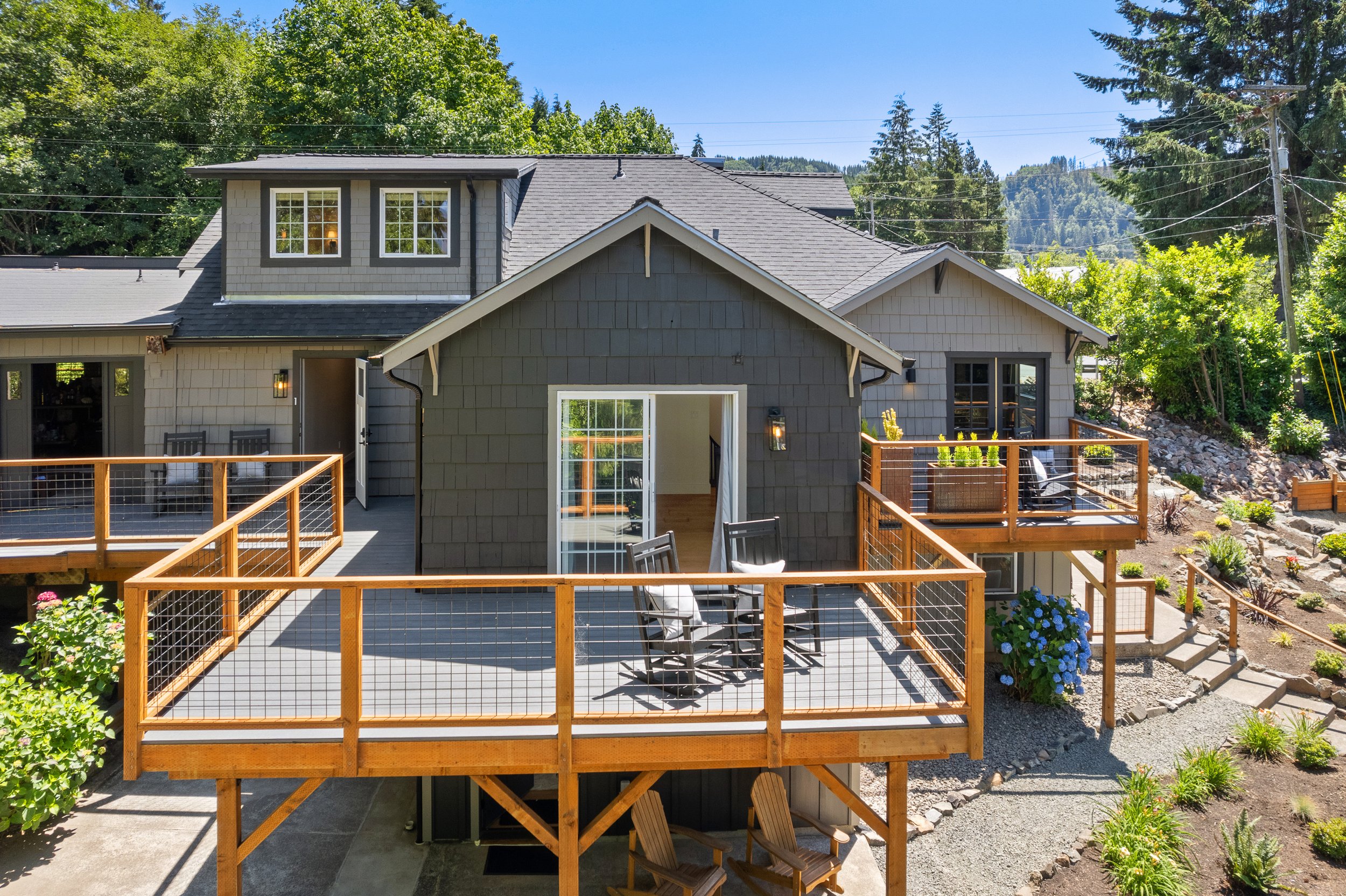History of hotels and lodging in the Nehalem Valley
The history of motels, hotels, inns, and lodging in the Nehalem, Oregon, area reflects the development of tourism and accommodations in this scenic coastal region.
Early Settlement and Inns of Nehalem:
In the 19th century, when settlers began to arrive in the Nehalem Bay area, there were few formal lodging options. Travelers often relied on the hospitality of local residents or camping along the coastline. As the region's population grew, simple inns and boarding houses emerged to cater to travelers.
Logging and Fishing Industry Impact:
The Nehalem area was historically known for its logging and fishing industries. As these industries thrived in the late 19th and early 20th centuries, the demand for lodging increased. Many small, family-run inns and hotels sprung up to accommodate workers and visitors.
The Advent of Motels:
The motel concept gained popularity in the United States during the mid-20th century. Motels were designed to cater to motorists, offering convenient parking and easy access to rooms. The Nehalem area likely saw the construction of motels during this time to cater to tourists exploring the Oregon coast by car.
Rise of Tourism in Nehalem:
With its stunning coastal scenery, Nehalem and the surrounding region became a popular tourist destination in the mid-20th century. This led to the development of more modern hotels and motels with amenities to attract tourists.
Environmental Awareness:
In the later part of the 20th century, there was a growing emphasis on environmental conservation and sustainable tourism. Some lodging establishments in Nehalem may have adopted eco-friendly practices to align with this trend.
Contemporary Lodging:
Today, Nehalem offers a mix of lodging options to cater to a diverse range of visitors. There are boutique inns, vacation rentals, eco-friendly accommodations, and modern hotels, all providing different experiences for travelers exploring the Nehalem Bay area.
In summary, the history of lodging in Nehalem, Oregon, reflects the evolution of tourism and the changing needs of travelers over time. From simple inns to modern hotels and eco-friendly accommodations, the area has adapted to cater to the preferences of visitors while preserving its natural beauty and charm.

